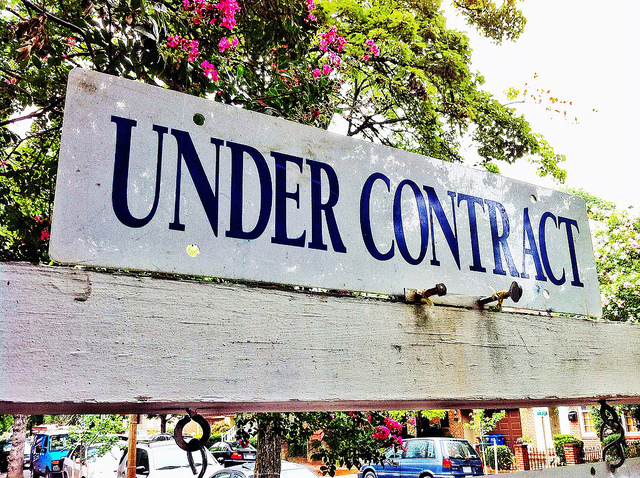According to the Mortgage Bankers Association’s Weekly Applications Survey, average mortgage rates were up last week, rising across all loan categories. Though rates remain low overall, they moved up slightly for 30-year fixed-rate loans with both conforming and jumbo balances, loans backed by the Federal Housing Administration, and 15-year fixed-rate loans. Higher rates didn’t hold back buyer demand, though. In fact, demand for loans to buy homes rose 5 percent from the week before and is now 5 percent higher than at the same time last year. Joel Kan, MBA’s associate vice president of industry surveys and forecasting, told CNBC that the rebound may have more to do with the time of year than any other factor. “More prospective home buyers returned to the market after two weeks of decreases in purchase activity, which were possibly due to spring break season and Easter,†Kan said. The rise in purchase activity was balanced by a 5 percent drop in refinance activity, however, which likely fell due to the first mortgage rate increase following consecutive weeks of decline. The MBA’s weekly survey has been conducted since 1990 and covers 75 percent of all retail residential mortgage applications. More here.













